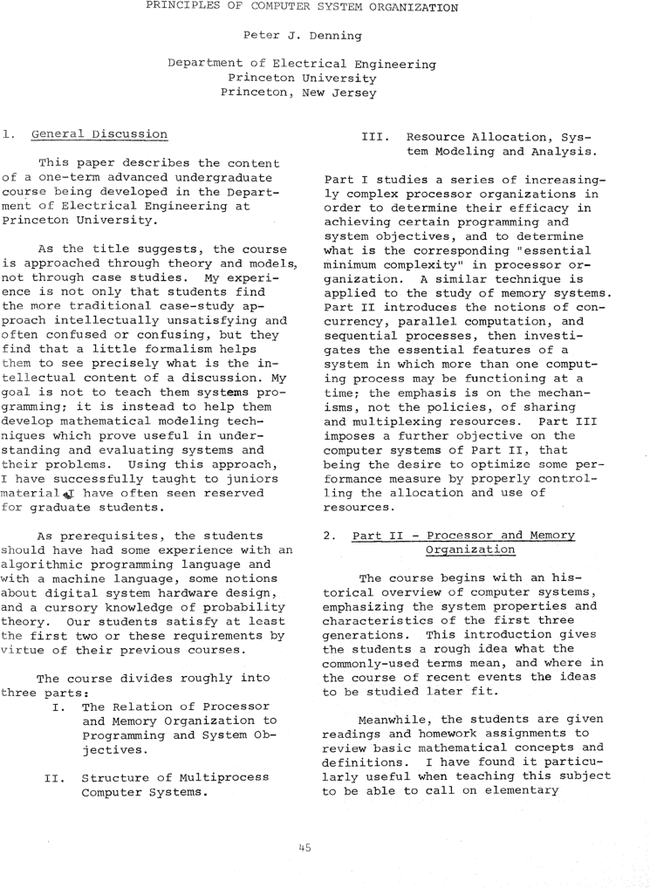Cited By
View all- Ashenhurst R(1990)ACM ForumCommunications of the ACM10.1145/84537.31611333:10(13-16)Online publication date: 1-Oct-1990
- Lane H(1989)A Position Paper OnACM SIGDA Newsletter10.1145/70646.106177819:1(50-57)Online publication date: 1-Apr-1989
- Wettstein HMerbeth G(1980)The concept of asynchronizationACM SIGOPS Operating Systems Review10.1145/850708.85071314:4(50-70)Online publication date: 1-Oct-1980
- Show More Cited By



